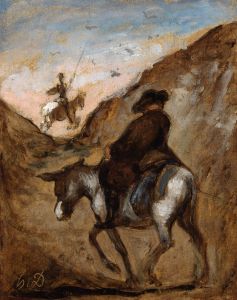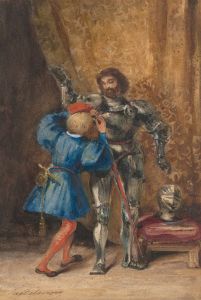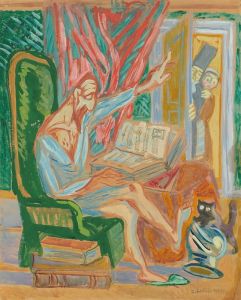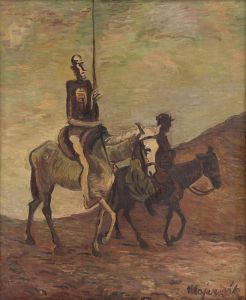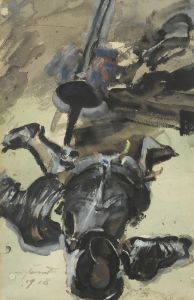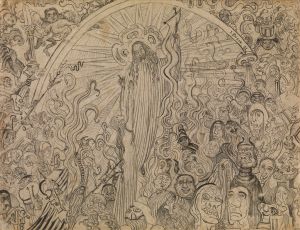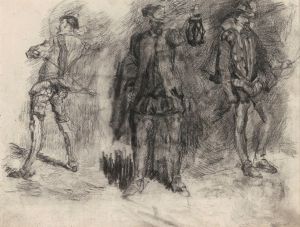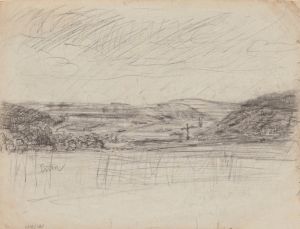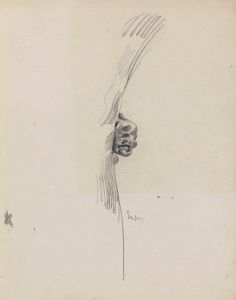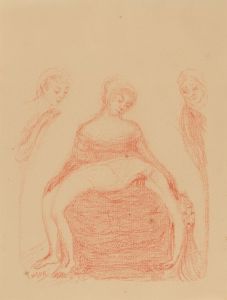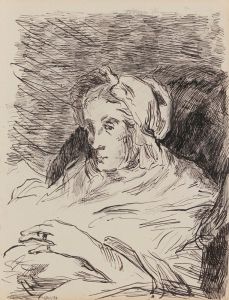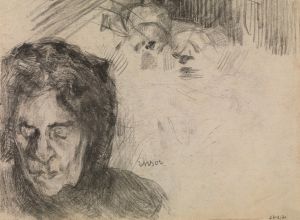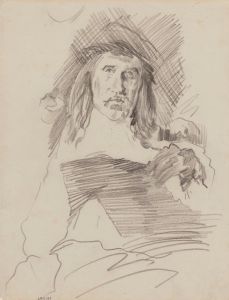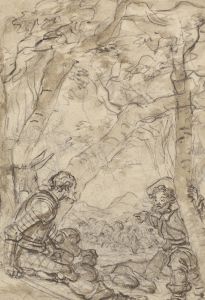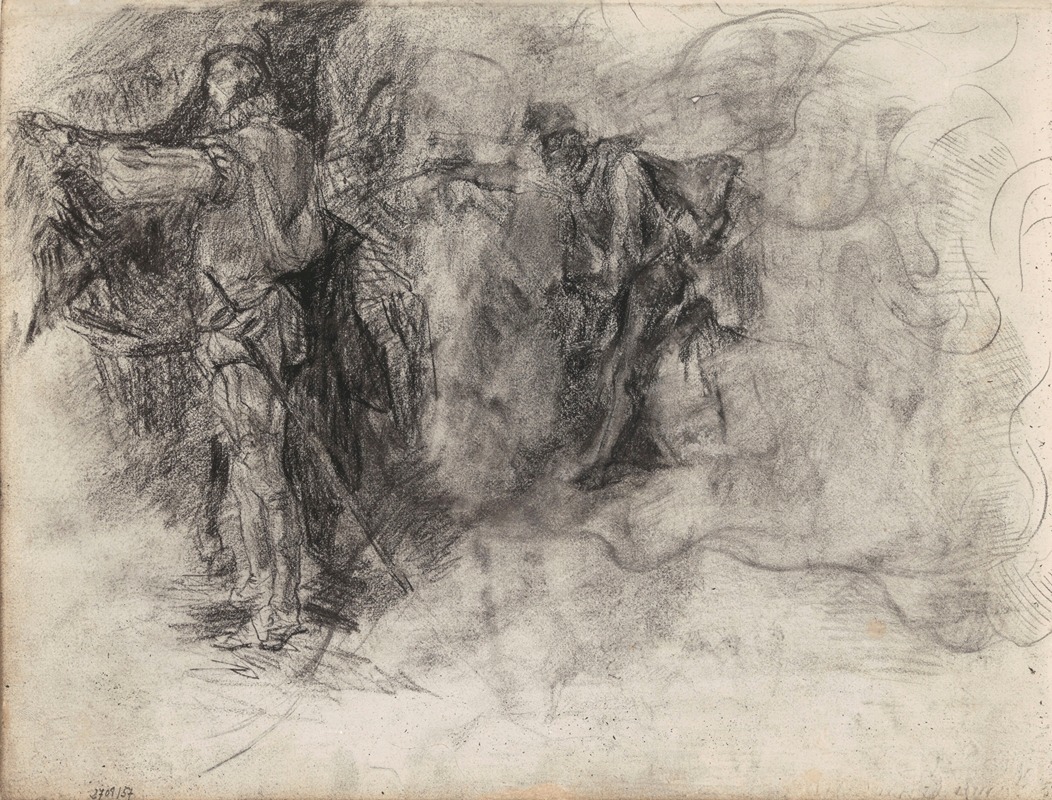
Don Quixote, Head
A hand-painted replica of James Ensor’s masterpiece Don Quixote, Head, meticulously crafted by professional artists to capture the true essence of the original. Each piece is created with museum-quality canvas and rare mineral pigments, carefully painted by experienced artists with delicate brushstrokes and rich, layered colors to perfectly recreate the texture of the original artwork. Unlike machine-printed reproductions, this hand-painted version brings the painting to life, infused with the artist’s emotions and skill in every stroke. Whether for personal collection or home decoration, it instantly elevates the artistic atmosphere of any space.
"Don Quixote, Head" is a painting by the Belgian artist James Ensor, who is renowned for his unique and often avant-garde style that combines elements of expressionism and symbolism. Ensor was born in 1860 in Ostend, Belgium, and became one of the most influential figures in the development of modern art in the late 19th and early 20th centuries. His work often features fantastical imagery, grotesque figures, and a vivid use of color, reflecting his interest in themes of mortality, absurdity, and the human condition.
The painting "Don Quixote, Head" is part of Ensor's exploration of literary and historical figures, a common theme in his body of work. Don Quixote, the titular character of Miguel de Cervantes' famous novel "Don Quixote," is an iconic figure in Western literature. The novel, published in two parts in 1605 and 1615, tells the story of a nobleman who becomes so enamored with tales of chivalry that he decides to become a knight-errant himself, embarking on a series of adventures with his loyal squire, Sancho Panza.
Ensor's depiction of Don Quixote focuses on the character's head, capturing the essence of the quixotic hero. The painting reflects Ensor's characteristic style, which often includes bold colors and expressive brushwork. Ensor's interpretation of Don Quixote may emphasize the character's idealism and madness, themes that resonate with Ensor's own artistic vision and his interest in the boundary between reality and illusion.
Throughout his career, Ensor was known for his ability to convey complex emotions and ideas through his art. His works often challenge the viewer to consider deeper philosophical questions, and "Don Quixote, Head" is no exception. By focusing on the head of Don Quixote, Ensor may be inviting viewers to contemplate the inner workings of the character's mind, his dreams, and his delusions.
Ensor's work was not always well-received during his lifetime, as his style was considered unconventional and even controversial. However, he gained recognition later in his career and is now regarded as a pioneer of modern art. His influence can be seen in the works of later artists who embraced expressionism and symbolism.
"Don Quixote, Head" is a testament to Ensor's ability to reinterpret classic literary figures through his unique artistic lens. The painting remains an important part of Ensor's oeuvre, showcasing his skill in blending narrative and visual art to explore timeless themes. As with many of Ensor's works, "Don Quixote, Head" continues to captivate audiences with its vivid portrayal and thought-provoking subject matter.





